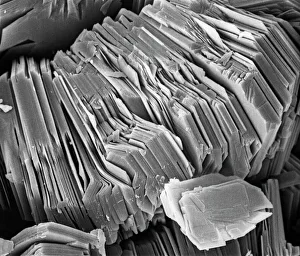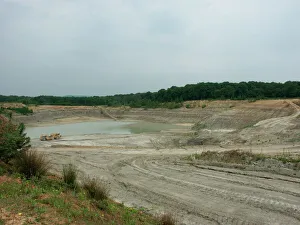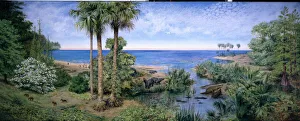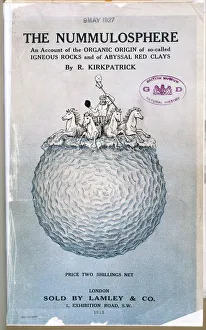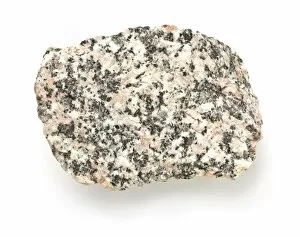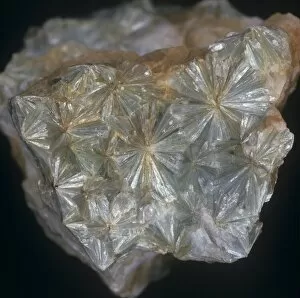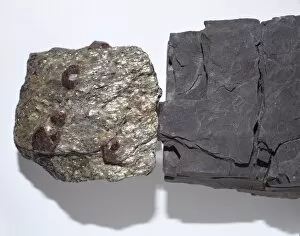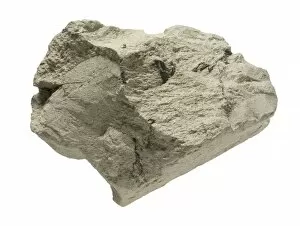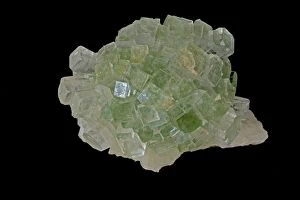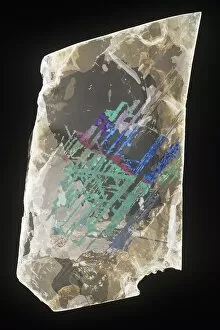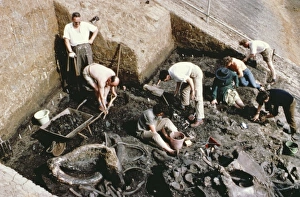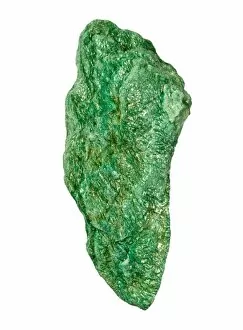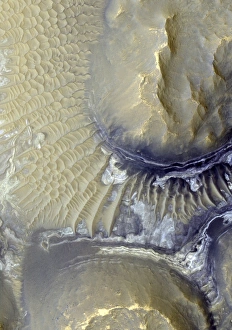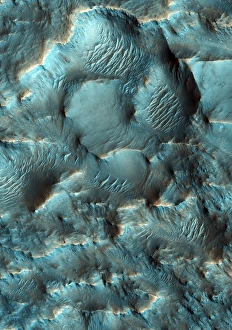Phyllosilicate Collection
Phyllosilicate, also known as sheet silicates, is a mineral group that includes various fascinating specimens
All Professionally Made to Order for Quick Shipping
Phyllosilicate, also known as sheet silicates, is a mineral group that includes various fascinating specimens. One such example is Kaolinite, found abundantly in Smokejacks Brickworks located in Surrey. This clay mineral has played a significant role in pottery and ceramics for centuries. Another intriguing mention is the Eocene London clay, which holds valuable insights into Earth's history. The Nummulosphere Part I's front cover showcases this geological wonder and its intricate layers. Mica schist stands out with its shimmering appearance due to the presence of mica flakes within its structure and can be found in different regions worldwide and has been used for decorative purposes throughout history. A unique discovery is the Serpentine cup made from serpentine rock, known for its vibrant green coloration. This metamorphic rock often contains minerals like antigorite or lizardite and has been utilized for ornamental purposes. Hornblende-biotite granite C016 / 6205 exhibits an exquisite blend of hornblende and biotite minerals within its composition. Its distinctive texture makes it a sought-after material for construction projects or even as countertops. Pyrophyllite deserves attention due to its remarkable thermal properties; this phyllosilicate mineral can withstand high temperatures without undergoing significant changes. It finds applications in refractory materials and ceramics manufacturing processes. Shale on the right side of Picture No. 11091664 contrasts beautifully with garnet-mica-schist on the left side, showcasing nature's artistic touch through contrasting colors and textures within these sedimentary rocks. Lastly, Picture No. 11050163 captures our imagination with stunning visuals of phyllosilicates' diverse forms and colors present in various geological formations worldwide. Phyllosilicates encompass a wide range of captivating minerals like kaolinite, mica schist, pyrophyllite, shale-garnet-mica-schist, and more.

